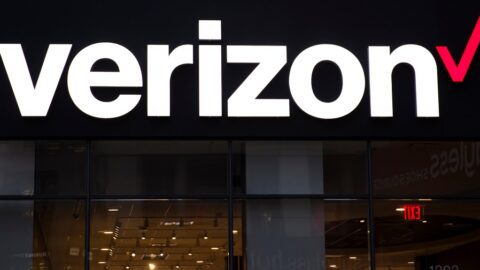John Quelch knows branding and knows retail. Never one to shy from informed controversy on those topics, his recent writing on pricing and the Starbucks expansion trouble attracted a good deal of attention. The Senior Associate Dean and Lincoln Filene Professor of Business Administration at Harvard Business School, Quelch frequently writes on retailing topics in his blog, Marketing Know:How, which is published through Harvard Business School Publishing.
Between 1998 and 2001 he was Dean of London Business School. Prior to 1998, Quelch was the Sebastian S. Kresge Professor of Marketing and Co-Chair of the Marketing Unit at Harvard Business School. Along with Katherine E. Jocz he is the author of Greater Good: How Good Marketing Makes for Better Democracy. Boston: Harvard Business Press, 2008.
Retail TouchPoints recently had a chance to chat with Quelch to get his insights on how the current economic challenges are impacting the retail market, as well as retailers are likely to emerge stronger from this downturn. Highlights from that conversation are included below:
RTP: You seemed to have a different take on Starbuck’s troubles recently, identifying problems with their growth strategy as more important than the consequences of an economic malaise. Why?
Quelch: In the U.S. the availability of real estate makes it easier to arrive at a strategy of explosive growth. In the UK and Europe you don’t have the sheer amount of space so you don’t have as many instances of explosive retail growth. Now having said that, I think it’s important to understand that a retailer like Starbucks should not on the extent of growth, but the pace of it. If you expand too quickly, as it did, you distract from the image you’re trying to cultivate. It’s hard to expand gracefully when you’re a high-end premium brand.
RTP: How much do you think Wall Street pressure effected Starbucks?
Quelch: As I said in my blog, I think CEO Howard Schultz sought, admirably, to bring good coffee and the Italian coffee house experience to the American mass market. Wall Street bought into the vision of Starbucks as the “third place” after home and work. New store openings and new product launches fueled the stock price. But sooner or later chasing quarterly earnings growth targets undermined the Starbucks brand.
RTP: So Wall Street analysts didn’t buy in once the growth stopped?
Quelch: The pressure is substantial. Most any retail analyst will base their evaluations on some kind of benchmark, often an international benchmark. In many cases that benchmark is McDonald’s which continues to do well. Analysts want to see worldwide growth in many cases. They judge against previous successes. Sooner or later, with a premium retail brand, analyst expectation come up a little shorter than comparable experiences.
RTP: How do you think the economic downturn will affect other retailers?
Quelch: In any downturn consumers react in one of three ways: they buy less, they buy less often, and they buy cheaper price points. I expect that high-end retailers will do well and value-based retailers will do well. In the middle you will see a fallout.
RTP: That bodes well for Wal-Mart.
Quelch: I expect they will continue to do well. I think they’re much better positioned right now than Target. I believe the bloom may be off the rose a little bit for Target. Wal-Mart is so well-suited because they’ve always been so price and value-conscious. Target has asserted itself as more fashion conscious. In a downturn, price will win out.
RTP: You have written recently about how companies can deal with the double whammy of inflationary prices and lower wages. Do any strategies present themselves as particularly effective for retailers?
Quelch: Well, they need to invest in market research. You must discard your existing customer segmentation assumptions and segment consumers around product usage behavior and price sensitivity. You must get out into the marketplace yourself and talk to consumers directly to understand their pain points and how they are changing attitudes and behaviors in response to price inflation. You must then quantify these shifts and develop product and pricing strategies that balance the need to maintain both profitability and market share.













